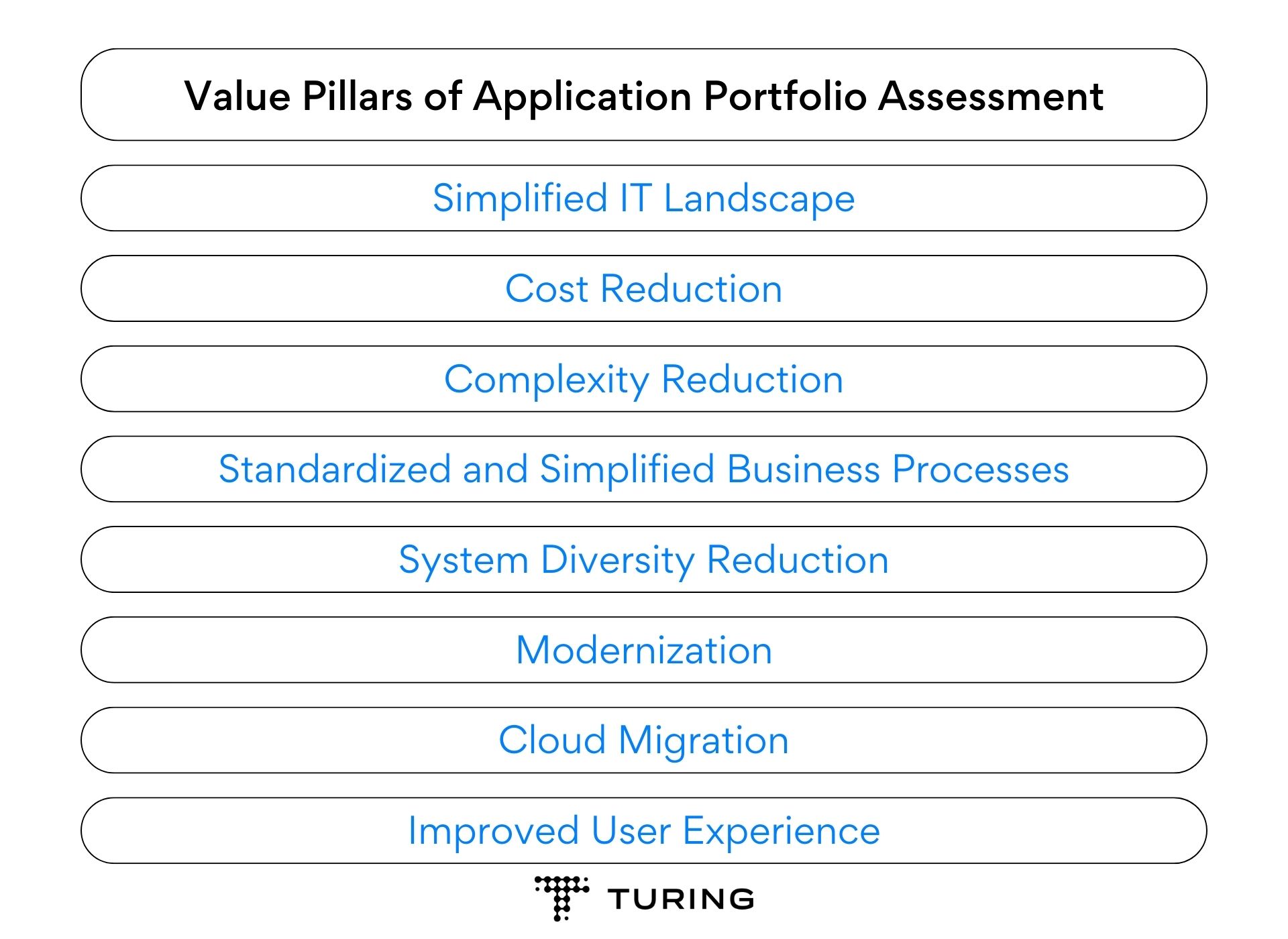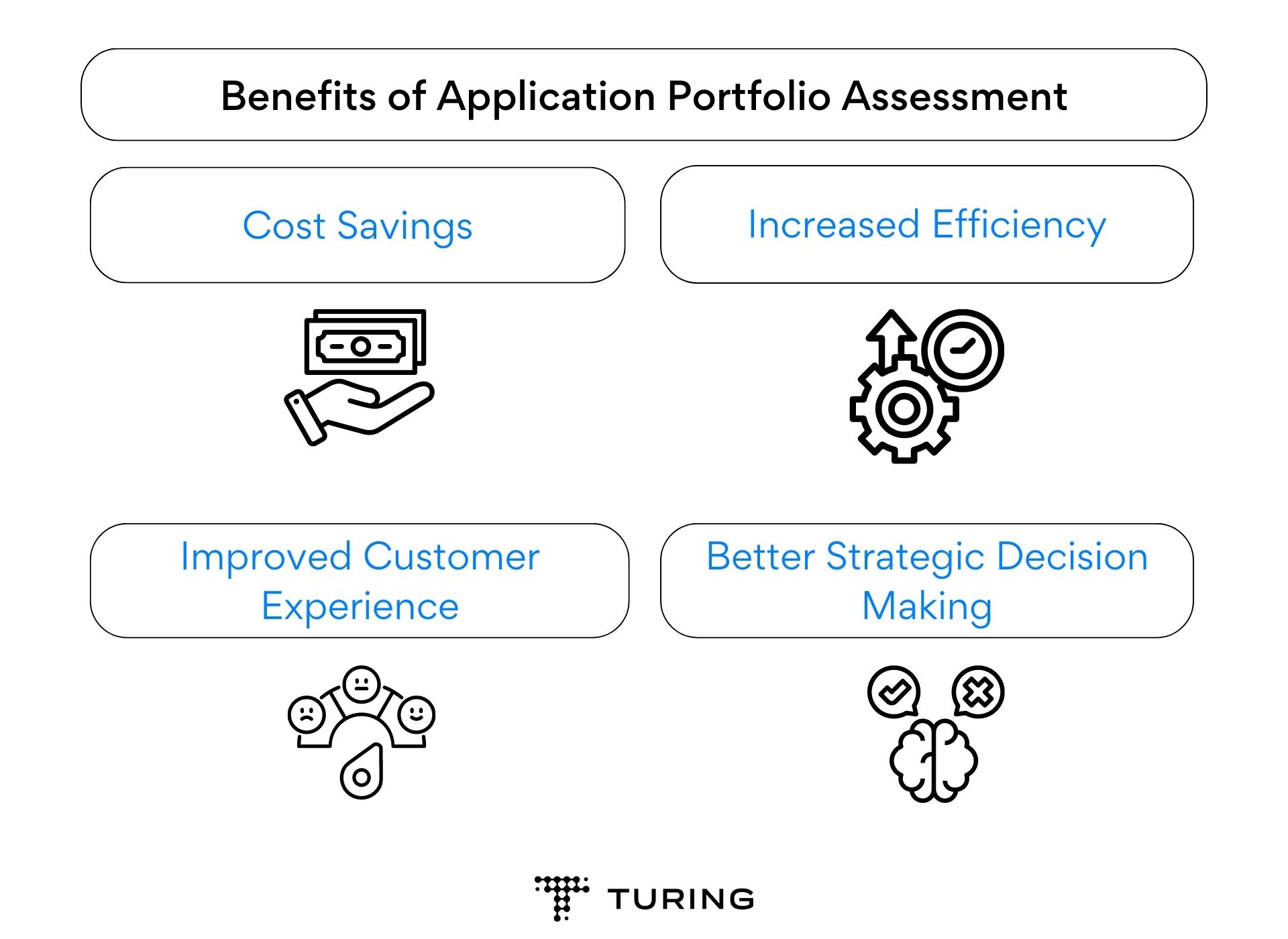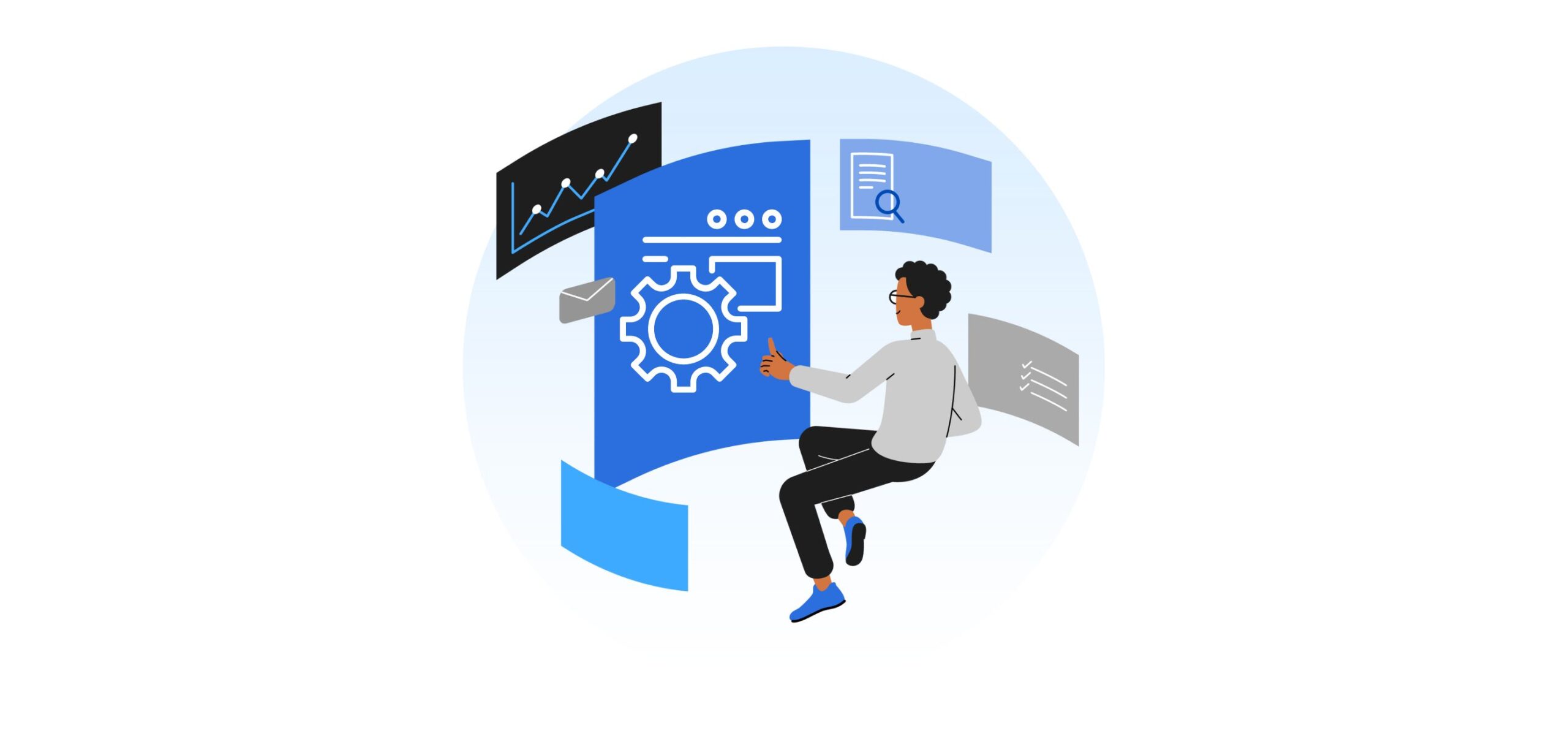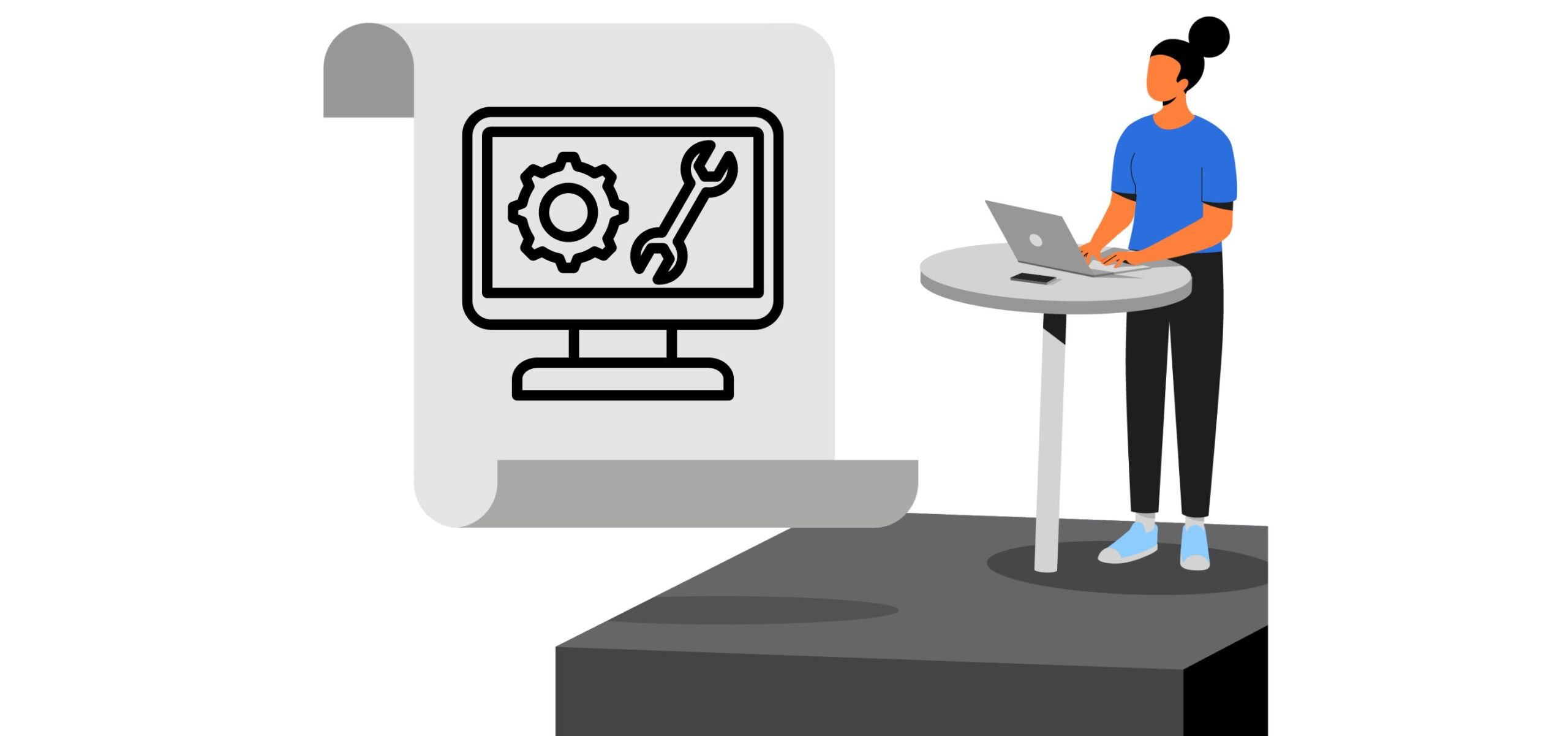Application Portfolio Assessment: Key Considerations and Best Practices
Are you looking for ways to improve your organization’s efficiency and reduce costs? One approach you may want to consider is application portfolio assessment. In this article, we will explore what application portfolio assessment is, why it’s important, and some key considerations and best practices for conducting an effective assessment.
What is Application Portfolio Assessment?
Application portfolio assessment is the process of evaluating and analyzing the software applications and systems that a company uses to support its business operations. This assessment is crucial because it helps companies identify the strengths and weaknesses of their application portfolio, which can lead to cost savings, increased efficiency, and improved customer experiences. In order to conduct an efficient portfolio assessment, you need efficient application engineering services.
Why is Application Assessment Important?
Application portfolio assessment plays a crucial role in optimizing an organization’s technology landscape by identifying redundant applications and evaluating their business value, leading to streamlined operations and improved decision-making. Here are the major reasons why application assessment is important.
-
Identifying Unnecessary Applications
Conducting an application assessment allows organizations to gain a clear understanding of their software inventory. It helps identify redundant, outdated, or underutilized applications that may no longer provide value. By identifying and eliminating unnecessary applications, businesses can streamline their IT landscape, reduce costs, and improve operational efficiency. -
Evaluating Business Value
Legacy systems often lack clarity on their business value, making it challenging for organizations to prioritize investments and allocate resources effectively. An application assessment enables businesses to evaluate the relevance and impact of each application on their operations. This assessment helps identify high-value applications that should be maintained, enhanced, or replaced, leading to better strategic decision-making. -
Enhancing Integration and Collaboration
Inefficient IT silos can result in the development of new systems instead of integrating functionalities into existing applications. An application assessment highlights integration opportunities and identifies areas where consolidation or integration can improve collaboration and information flow. This ensures that applications work harmoniously to support business processes, reducing redundancy and promoting a more agile and collaborative environment. -
Mitigating Risk and Security Concerns
Outdated or unsupported applications pose significant security risks to organizations. Application assessments help identify vulnerable applications, outdated software versions, and potential security gaps. By identifying and addressing these risks, organizations can enhance their security posture, protect sensitive data, and comply with regulatory requirements. -
Enabling Future-Proofing and Digital Transformation
Application assessments provide insights into the technological gaps within an organization’s application landscape. This knowledge enables businesses to plan for the future and align applications with strategic goals and digital transformation initiatives. By identifying opportunities for modernization, organizations can embrace new technologies, leverage cloud-native solutions, and stay competitive in a rapidly evolving market.
Value Pillars of Application Portfolio Rationalization

Value Pillars of Application Portfolio Assessment
To ensure a balanced and efficient enterprise application development, many organizations prioritize the systematic identification and decommissioning of aging applications to drive operational efficiency, reduce complexity, and contain costs. The main goals of enterprise-level Application Portfolio Rationalization include:
- Simplified IT Landscape: Streamline the number of applications to benchmark levels and improve business agility.
- Cost Reduction: Optimize the number of applications within the portfolio to decrease costs.
- Complexity Reduction: Decrease the number of technologies and platforms used, reduce functional and technical complexity, and adopt a standard integration platform to improve overall process and service stability while reducing operational risk.
- Standardized and Simplified Business Processes: Reduce process variations across products, geographies, and contracts.
- System Diversity Reduction: Decrease the diversity of systems and enhance interoperability.
- Modernization: Redesign aging and high-value applications, automate applications, processes, and data, and leverage the adoption of new technologies such as IoT, Blockchain, AI, and ML-based applications.
- Cloud Migration: Identify opportunities to migrate to the cloud (SaaS, PaaS, etc.).
- Improved User Experience: Enhance the user experience of customer-facing applications.
Key Considerations for Application Portfolio Assessment
Let’s look at the key considerations one by one.
-
Business Value
One of the primary considerations for an application portfolio assessment is the business value that each application provides. Companies should assess each application’s contribution to business operations and determine whether it aligns with the organization’s strategic goals. Applications that provide little or no value should be eliminated or replaced with more cost-effective solutions.
To determine the business value of an application, you should consider the following factors:
- How does the application support the organization’s strategic goals?
- How does the application impact customer experience and satisfaction?
- How does the application improve business processes or productivity?
-
Technical Health
Another important consideration is the technical health of the applications in the portfolio. Companies should assess the overall quality and reliability of their applications and determine whether they meet industry standards and best practices. For example, applications that are prone to crashes, security vulnerabilities, or performance issues can negatively impact the organization’s productivity and profitability.
To assess the technical health of an application, you should consider the following factors:
- Does the application meet industry standards and best practices?
- Does the application have any technical issues or limitations?
- Is the application scalable and flexible enough to meet changing business needs?
-
Integration
Integration is another key consideration in an application portfolio assessment. Companies should assess how well their applications integrate with each other and with third-party systems. Applications that are poorly integrated can result in data inconsistencies and inefficiencies, leading to increased costs and reduced productivity.
To assess the integration of an application, you should consider the following factors:
- How well does the application integrate with other applications and systems?
- Does the application use standard interfaces and protocols?
- Is the application’s data consistent with other applications and systems?
-
Cost
Cost is a critical consideration in an application portfolio assessment. Companies should evaluate the total cost of ownership (TCO) for each application, including licensing fees, maintenance costs, and support expenses. Applications that are too expensive or offer little value should be replaced or eliminated.
To evaluate the cost of an application, you should consider the following factors:
How much you will need to pay for licenses and how often do they need to be renewed?
How often does the application need to be maintained and how much it will cost to keep it updated?
What are the support expenses? Are they free or paid? How responsive and helpful is the support team?
Best Practices for Application Portfolio Assessment
To get the most out of an application portfolio assessment, it is essential to follow best practices. Here are some tips for conducting an effective application portfolio rationalization:
-
Develop a Comprehensive Inventory
The first step in any application portfolio assessment is to develop a comprehensive inventory of all the applications in use. This inventory should include details such as the application name, vendor, version, licensing, and support details. A comprehensive inventory provides a foundation for an effective assessment and helps companies identify redundant or overlapping applications. -
Evaluate Business and Technical Value
Now, when it comes to assessing the business value, you need to focus on how each application supports your organization’s strategic goals and meets your customer’s needs. It’s important to determine if the application helps you achieve your desired outcomes and aligns with your overall business strategy.
On the other hand, when it comes to technical value, you need to assess the application’s quality, reliability, scalability, and security. You must ensure that the application meets the technical requirements, adheres to industry standards, and can handle the expected load and user traffic. You also need to evaluate the application’s security features and ensure that it complies with data privacy and regulatory requirements.
By conducting a thorough assessment of the business and technical value of each application in your portfolio, you can identify the most valuable applications that align with your strategic goals and provide the best technical performance. This will help you prioritize your resources and investments to ensure that your portfolio remains efficient, effective, and competitive in the ever-changing business landscape. -
Prioritize Applications for Action
Based on the assessment, companies should prioritize applications for action. Applications that provide little value or are poorly integrated should be eliminated or replaced first. Applications that are critical to business operations but have technical issues should be addressed next. -
Create an Application Roadmap
An application roadmap is a plan for how the organization will manage its application portfolio over time. The roadmap should include details such as application retirement plans, replacement timelines, and upgrade schedules. A roadmap helps companies prioritize and plan their application portfolio management efforts.
Benefits of Application Portfolio Rationalization

Benefits of Application Portfolio Assessment
There are many benefits to conducting an effective application portfolio assessment:
-
Cost Savings
An application portfolio rationalization can help companies identify redundant or overlapping applications, leading to cost savings. Eliminating applications that offer little value or are too expensive to maintain can result in significant cost savings. -
Increased Efficiency
Assessing the technical health and integration of the application portfolio can lead to increased efficiency. Applications that are poorly integrated or have technical issues can result in data inconsistencies and inefficiencies, leading to reduced productivity. Addressing these issues can help organizations improve their overall efficiency. -
Improved Customer Experience
Assessing the business value of the application portfolio can help companies identify applications that directly support customer needs. Eliminating applications that offer little or no value can lead to improved customer experiences and satisfaction. -
Better Strategic Decision Making
By understanding the business value and technical health of each application in the portfolio, companies can make better strategic decisions about their application portfolio management. For example, companies may decide to invest in upgrading certain applications or replace them with more modern and efficient solutions.
Conclusion
Application portfolio assessment or rationalization is a critical process for companies looking to optimize their application portfolio and achieve cost savings, increased efficiency, and improved customer experiences. By following best practices and conducting an effective assessment, organizations can identify opportunities for improvement and develop a roadmap for managing their application portfolio over time. With the right approach and mindset, application portfolio rationalization can become a key enabler of success for any organization.
Tell us the skills you need and we'll find the best developer for you in days, not weeks.













